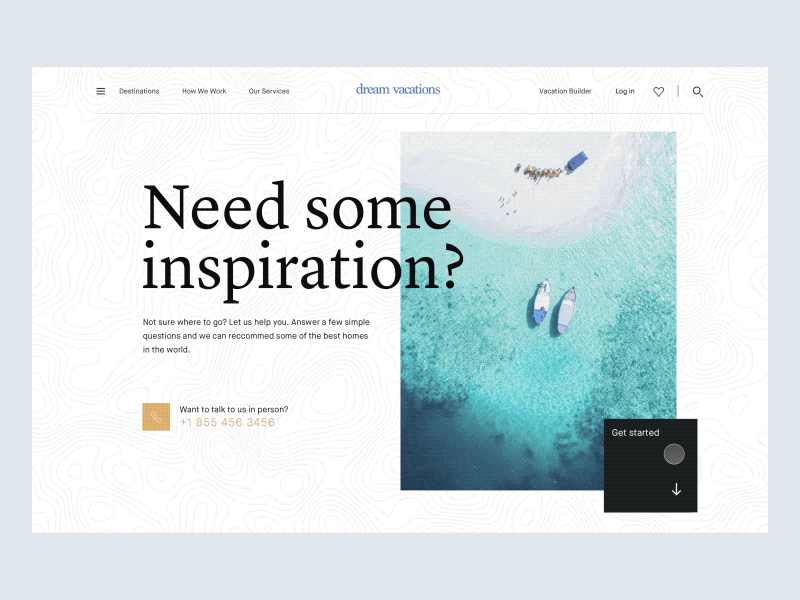Learn more about the design firm Fantasy as we chat with Design Lead George Kvasnikov. George talks about the challenges of coming up with innovative design solutions as a company focused on future thinking. Hear how the Fantasy team approaches product design trends, handles negative feedback from large clients, and more.
Tell us about yourself and your role at Fantasy.
I was born in Russia and studied design in Germany. Since 2014, I’ve worked as the Design Lead at Fantasy in our New York office. As a Design Lead, I’m responsible for the design direction and overall success of it. Unlike the role of a Design Director, I’m actually designing most of the time and have less project planning responsibilities.
How does Fantasy approach product design trends? Are trends important to keep up with?
If we’re talking visually, trends are cyclical when it comes to any kind of design. I personally think trends are good to consider to a certain extent, because users obviously want to use modern products. However, it’s much more important to focus on bringing emotion and empathy back to our digital experience. Many designers nowadays use ready-to-use solutions and components over and over again and just follow the common trends. This is why AI will likely replace most of us pretty soon. I think we need to focus on bringing empathy, emotion, and the joy of using digital products back.
What are some of the major design challenges you run into at Fantasy?
Generally speaking, as a company focused on future thinking as well as emotional and often conceptual products, our biggest challenge is being innovative.
Being innovative in our work is a different kind of challenge than for example, reducing the amount of steps in a UX flow or refreshing an interface’s visuals. The real challenge in innovation is being able to create new ways for human-computer interaction, new ways to shop, new ways to drive a car, new ways to navigate… This is difficult and often makes us feel insecure because we don’t know what we’re doing sometimes. But this is the essence of creativity.
As a distributed design team, how does Fantasy manage to effectively work together?
Fantasy has four offices across four different time zones. We also have freelancers and we actively collaborate. We see this setup as an advantage rather than a difficulty because we manage to run projects almost non-stop.
Working within a distributed team is never easy until you develop a workflow for communicating across different time zones. Some key things we implement are daily detailed briefings and we also delegate a high level of responsibility to each team member. In terms of tools, we use video walkthroughs and management tools such as Basecamp and Asana. To keep track of what each team member is working on and to stay aligned, we do daily check-ins and check-outs by recording 5-min video walkthroughs at the end of each day.
How do you approach handling negative feedback from clients?
If a client rejects the design direction, we create another one. It’s as simple as that. You’ll always run into subjective feedback based on taste or even irrational feedback sometimes. If a client is clearly wrong, I’ll try to explain why we need to design things a certain way based on my knowledge and experience as a designer. If a client gives irrational feedback and I still can’t get through to them, I’ll fight for what’s really important and give up on less important aspects of the design.
Trying to win all fights will lead to failure, so you need to plan your strategy around winning and losing these kinds of arguments when needed. At the end of the day, remember that clients know their business better than you. Their feedback might actually make sense even though it sounds irrational.
How do you get a good understanding of a client’s vision and how they wish to position themselves in the market?
This varies from client to client. Established and larger clients usually have their brand books and know exactly which direction they want to go in. We’ll usually explore old brochures and ad campaigns to understand the company’s philosophy and tone of voice. Other companies give us more freedom and are more open to new visual design directions. We work a lot with moodboards and explore variations in a look-and-feel phase.
Want to keep up with George and the Fantasy team? Find them on Dribbble, Twitter, and at fantasy.co.
Find more Interviews stories on our blog Courtside. Have a suggestion? Contact stories@dribbble.com.









